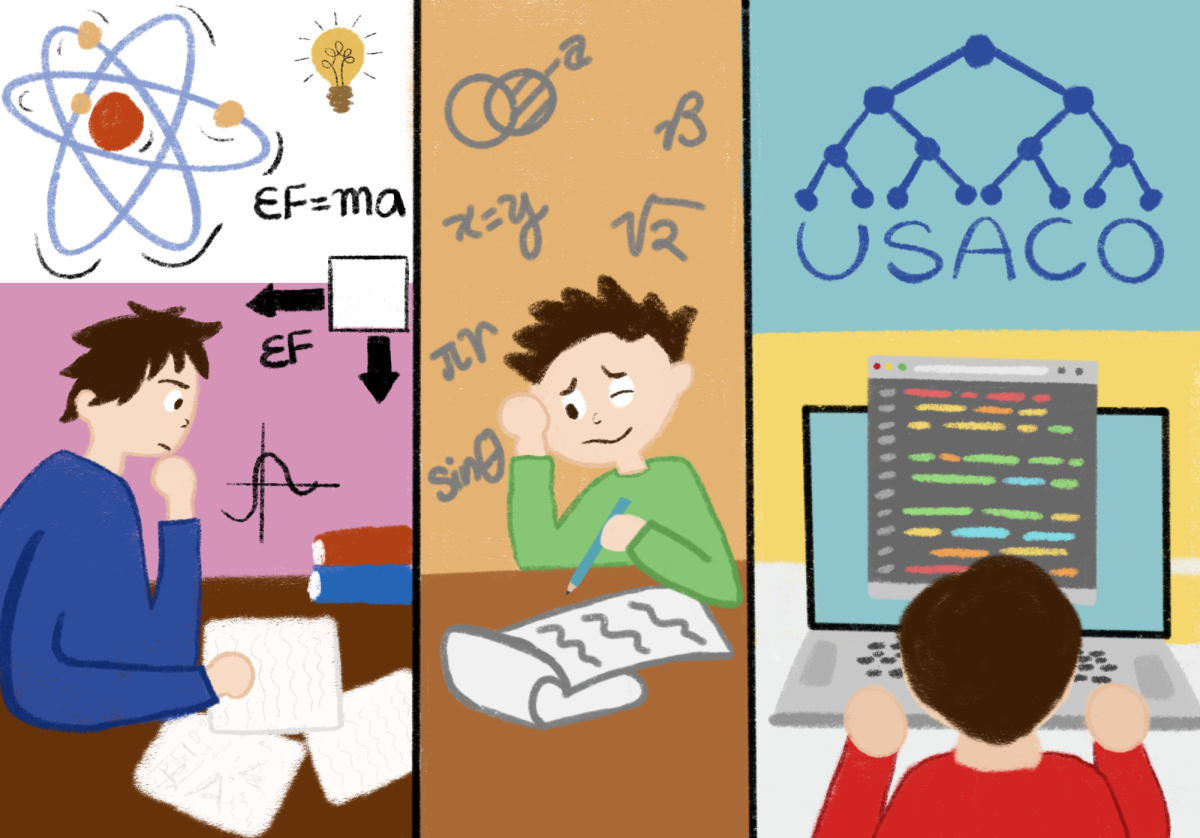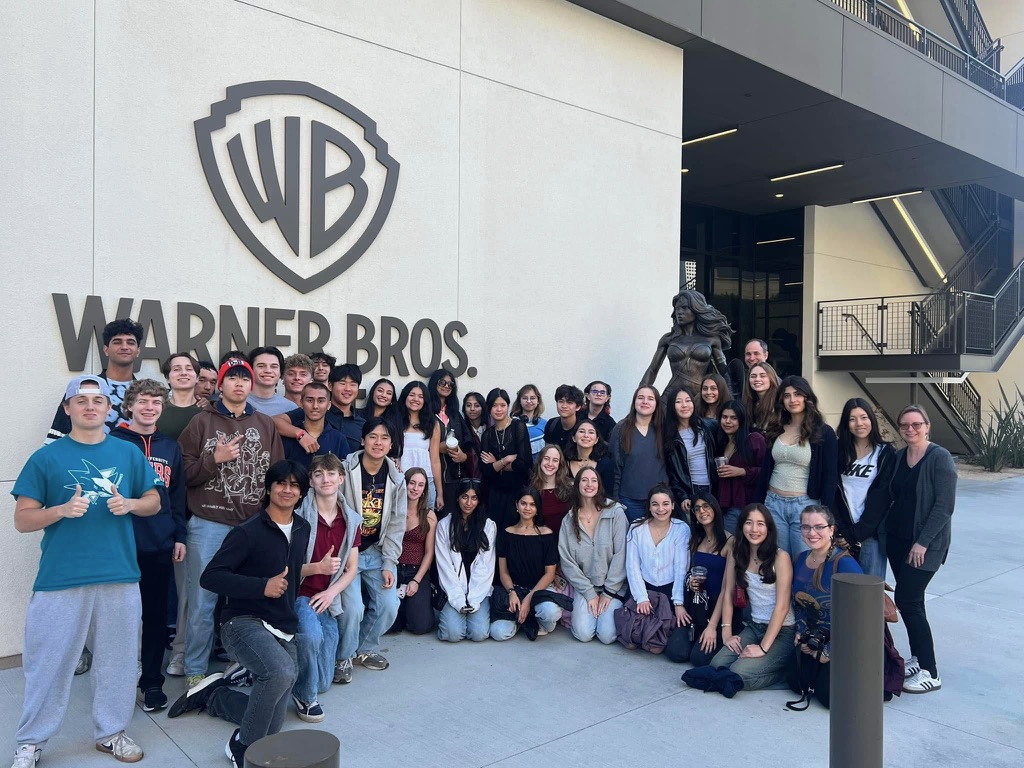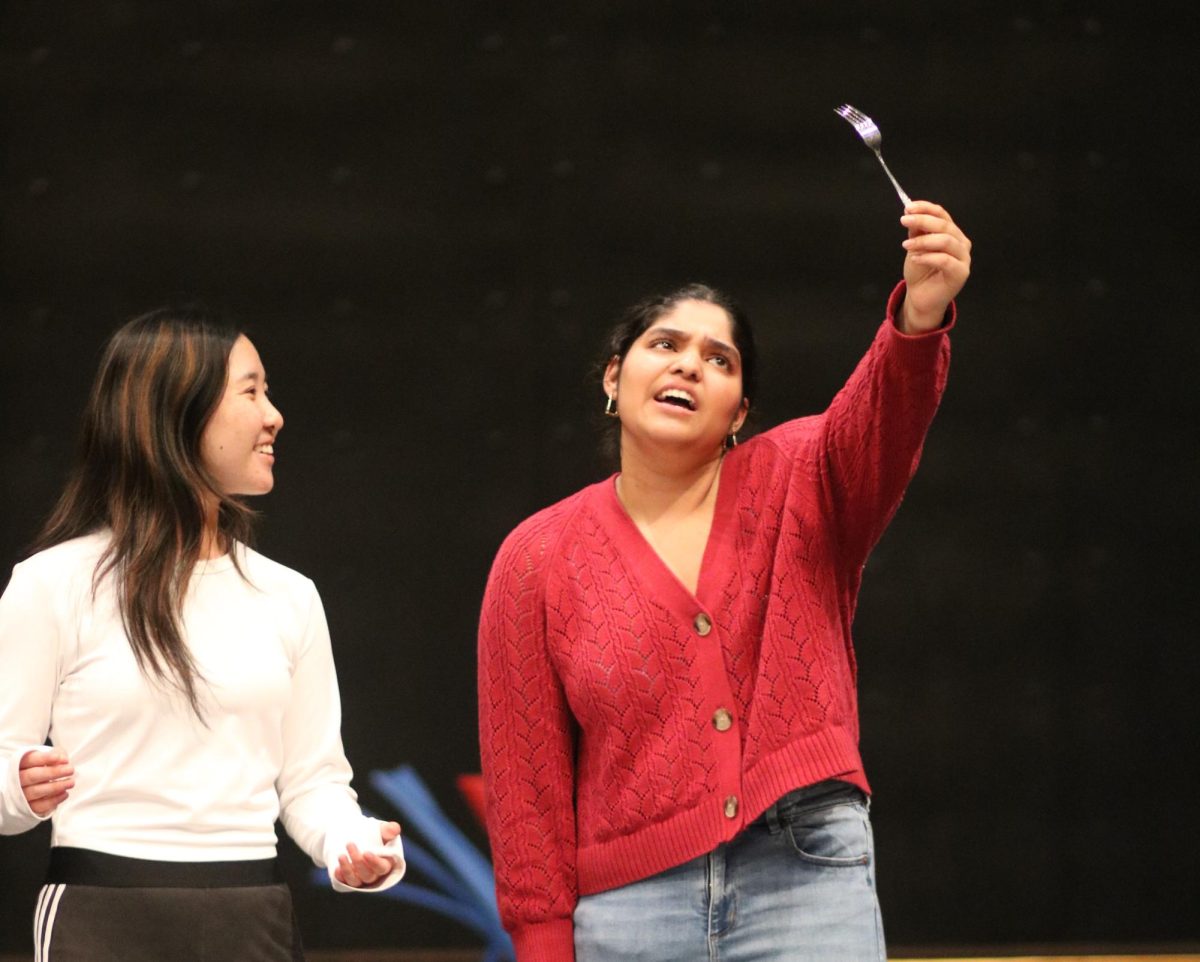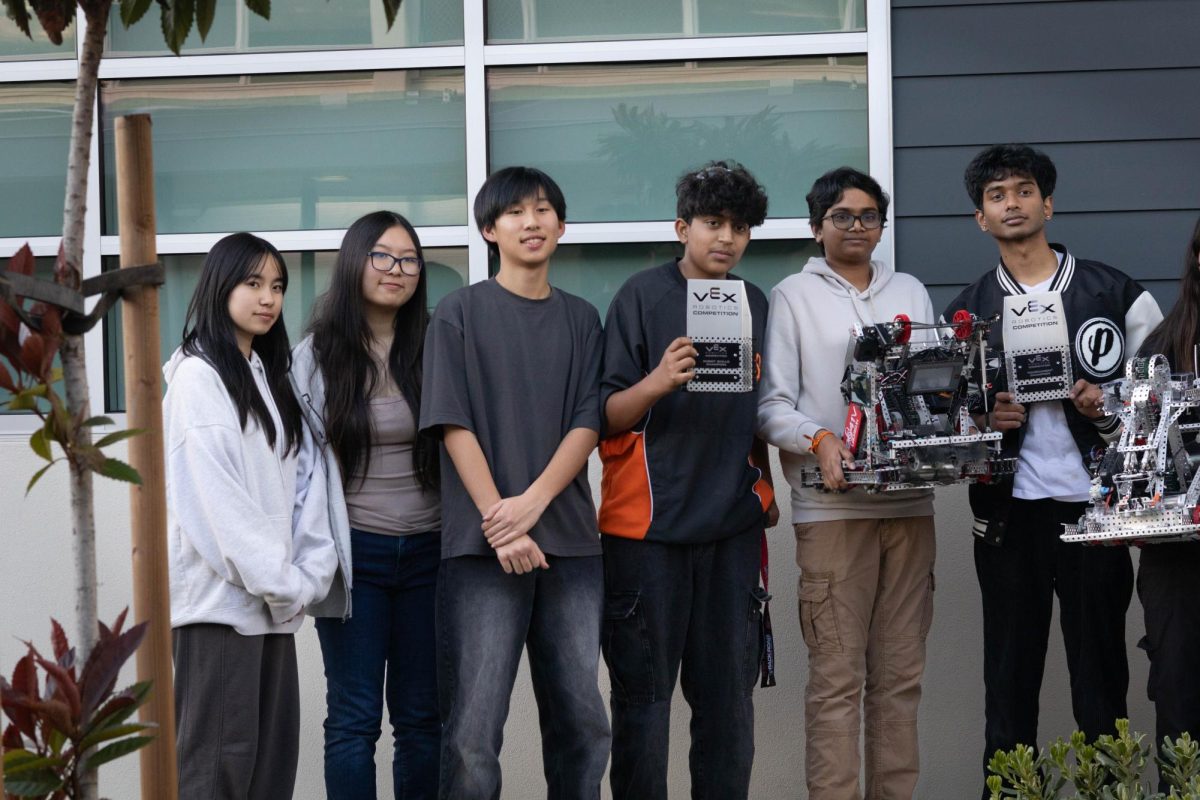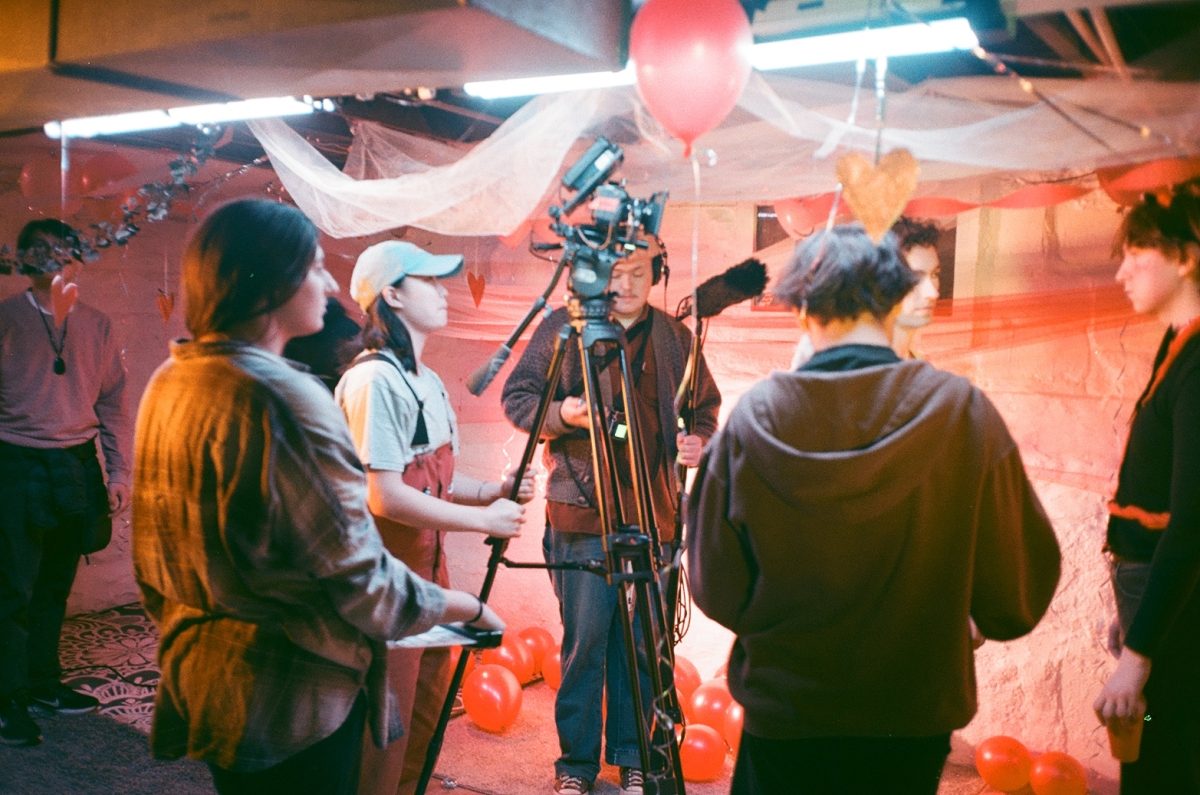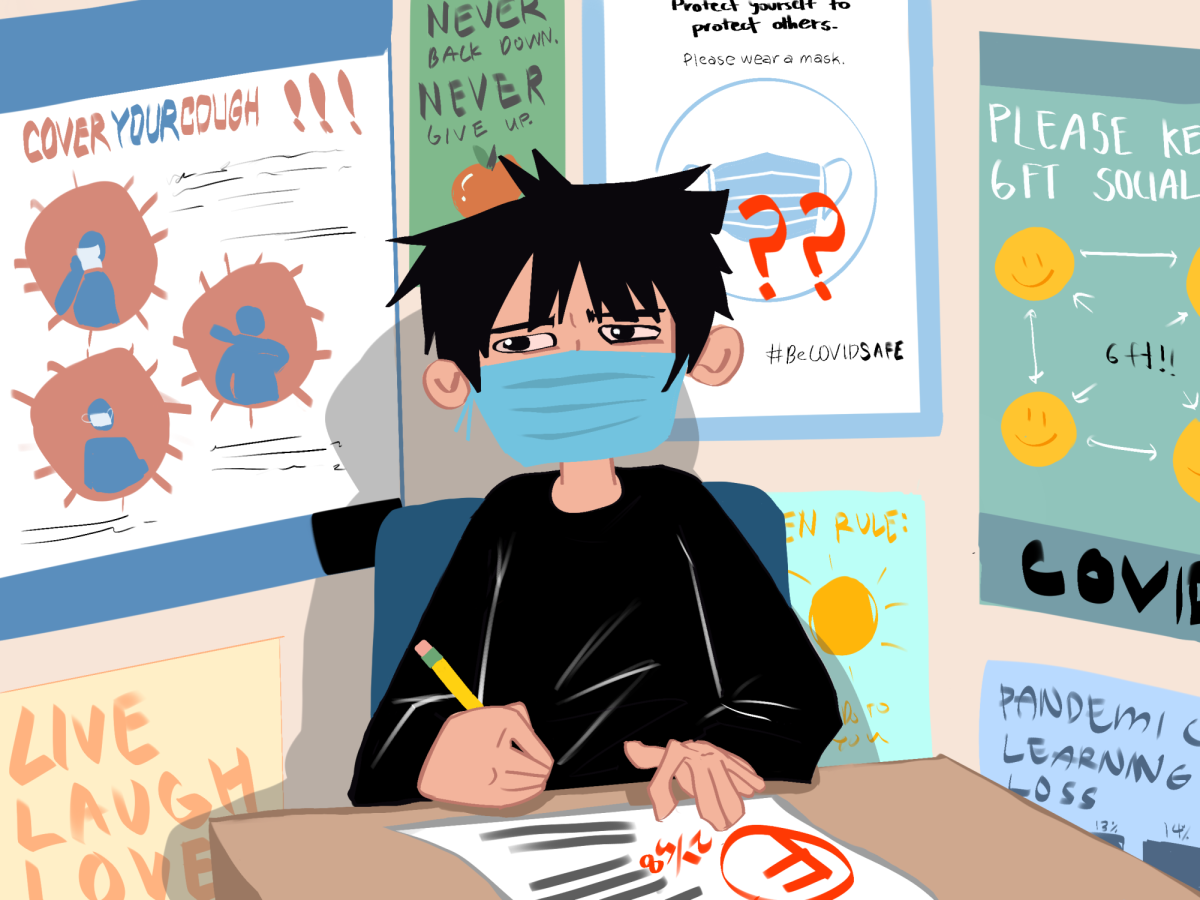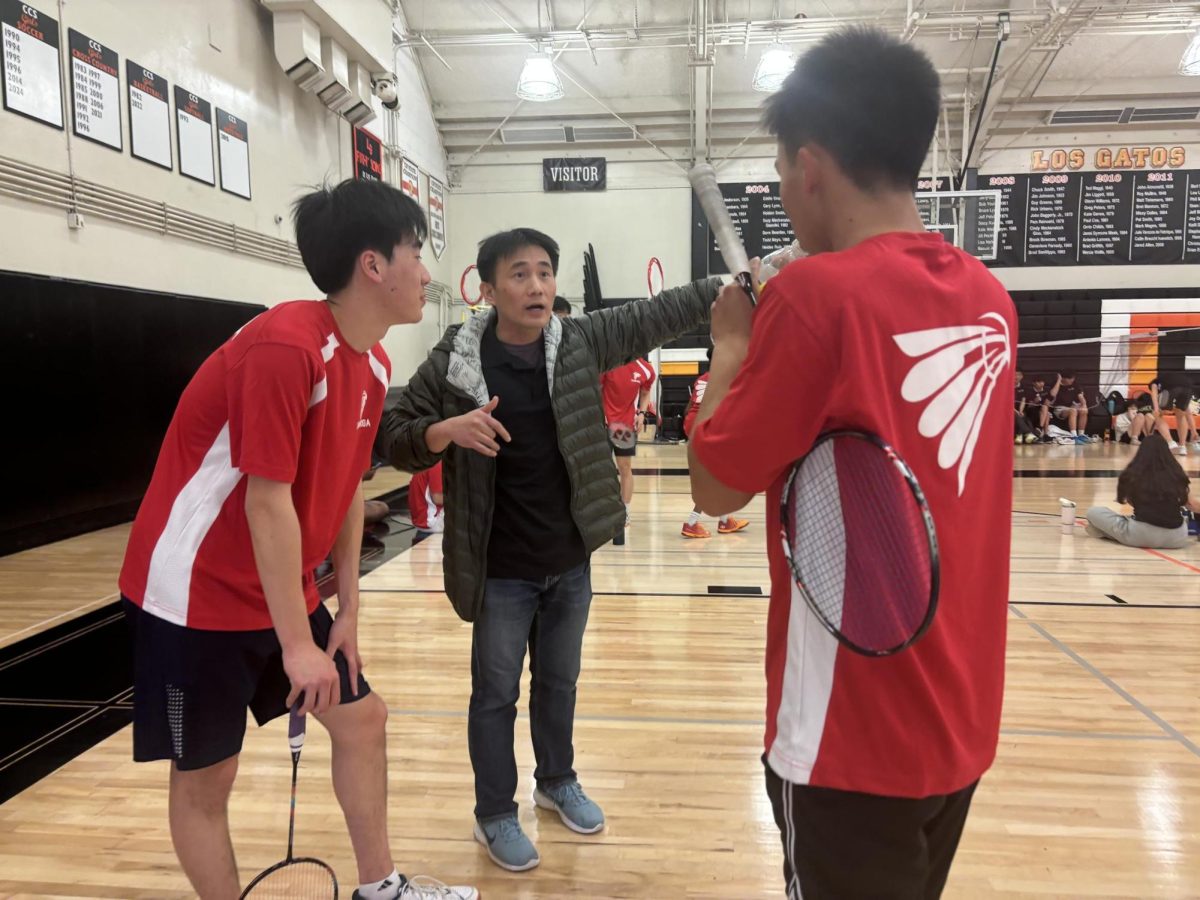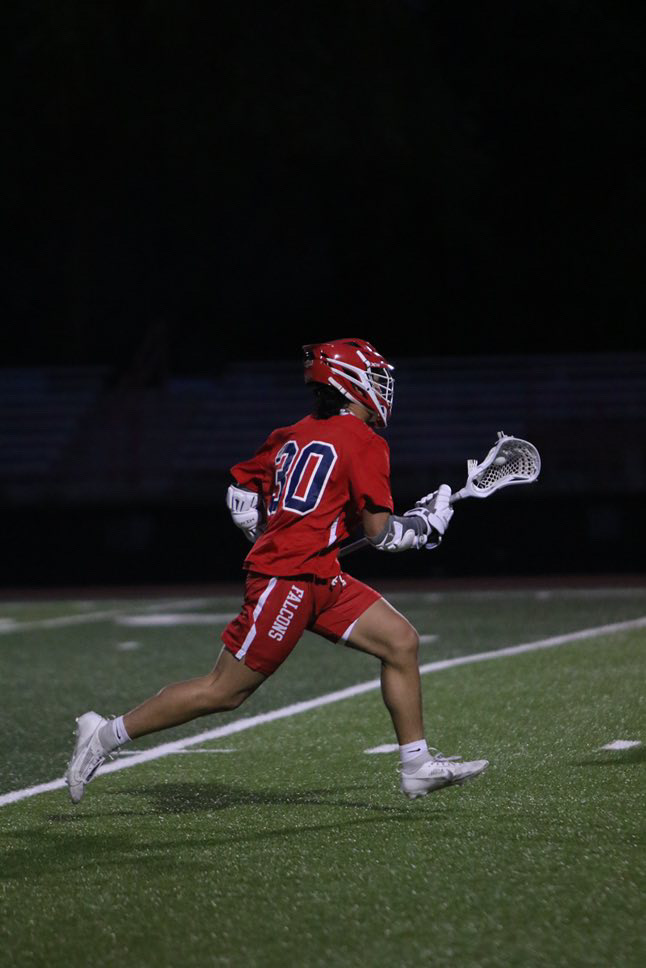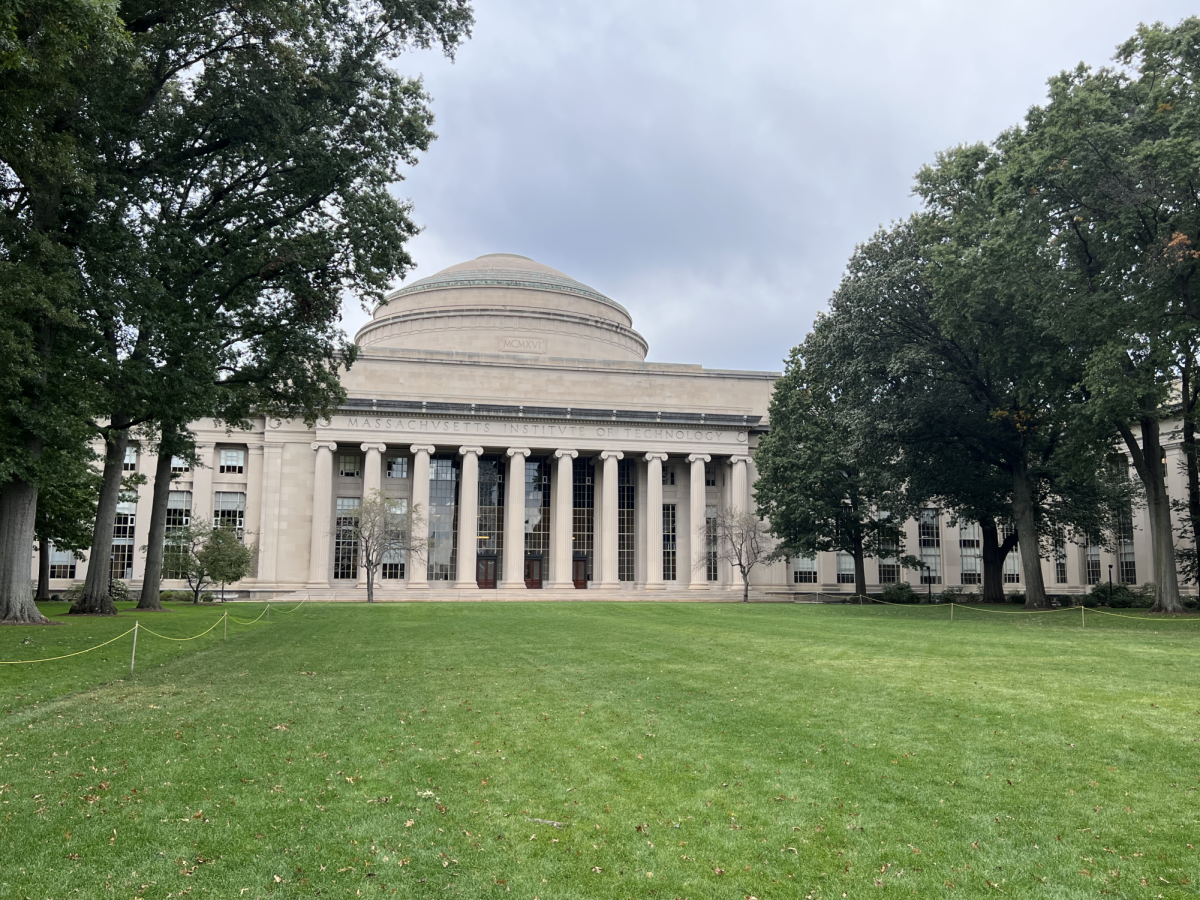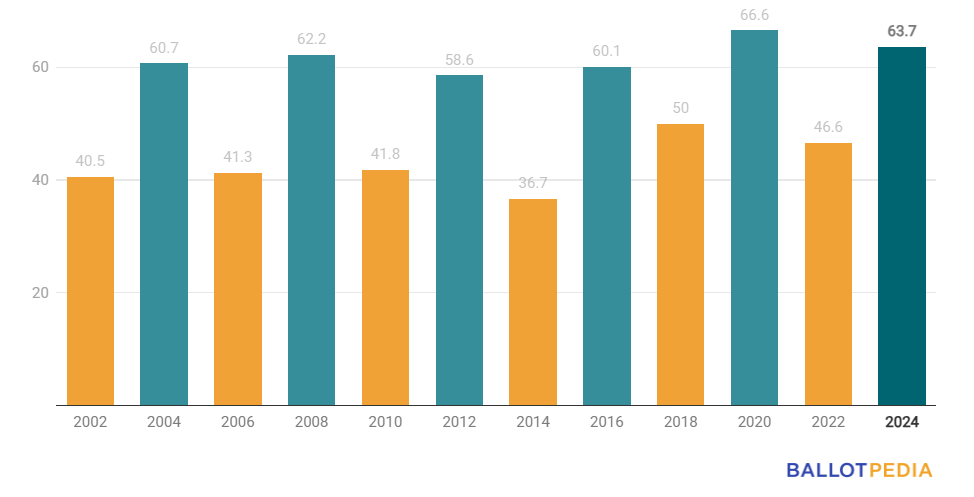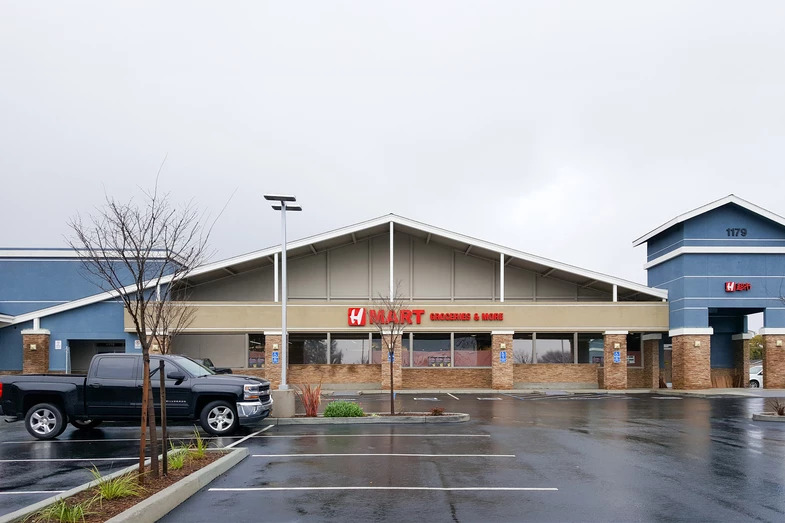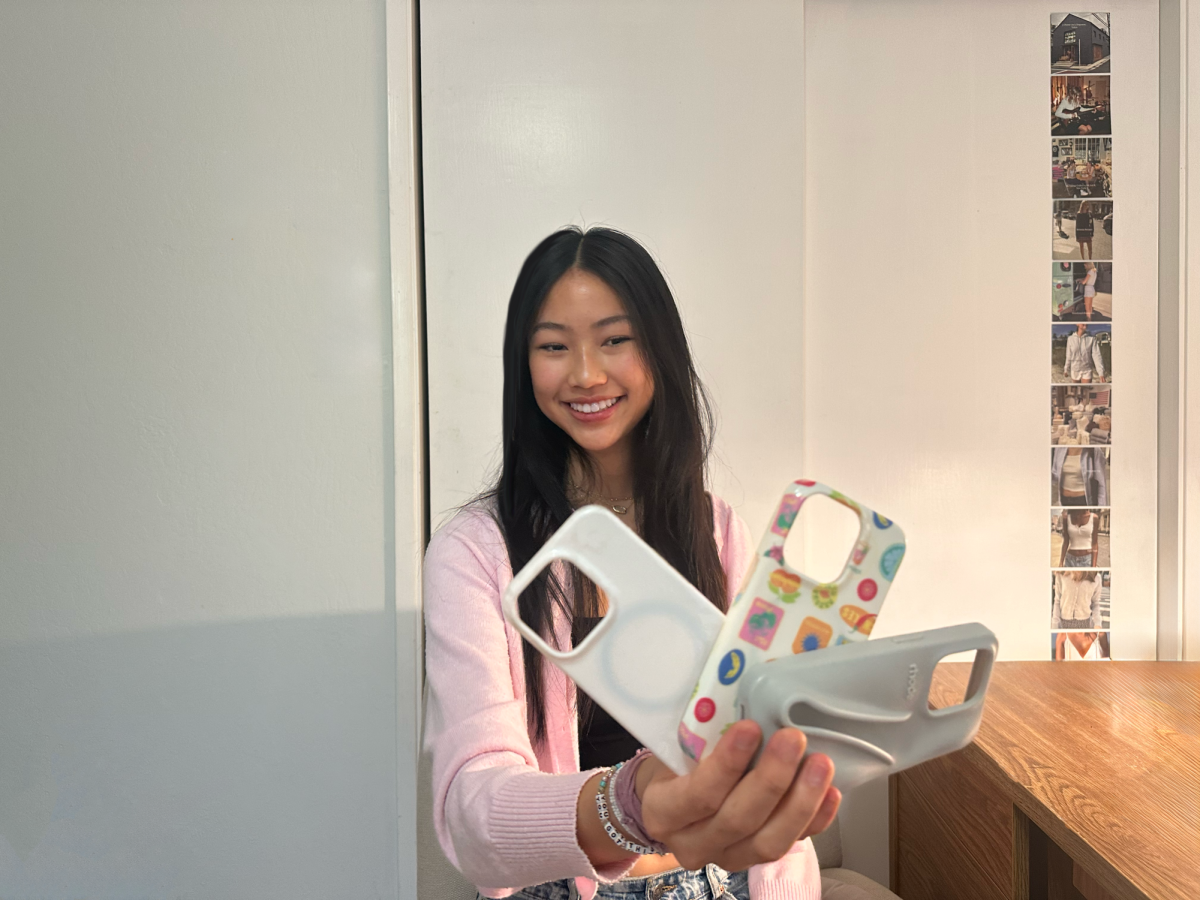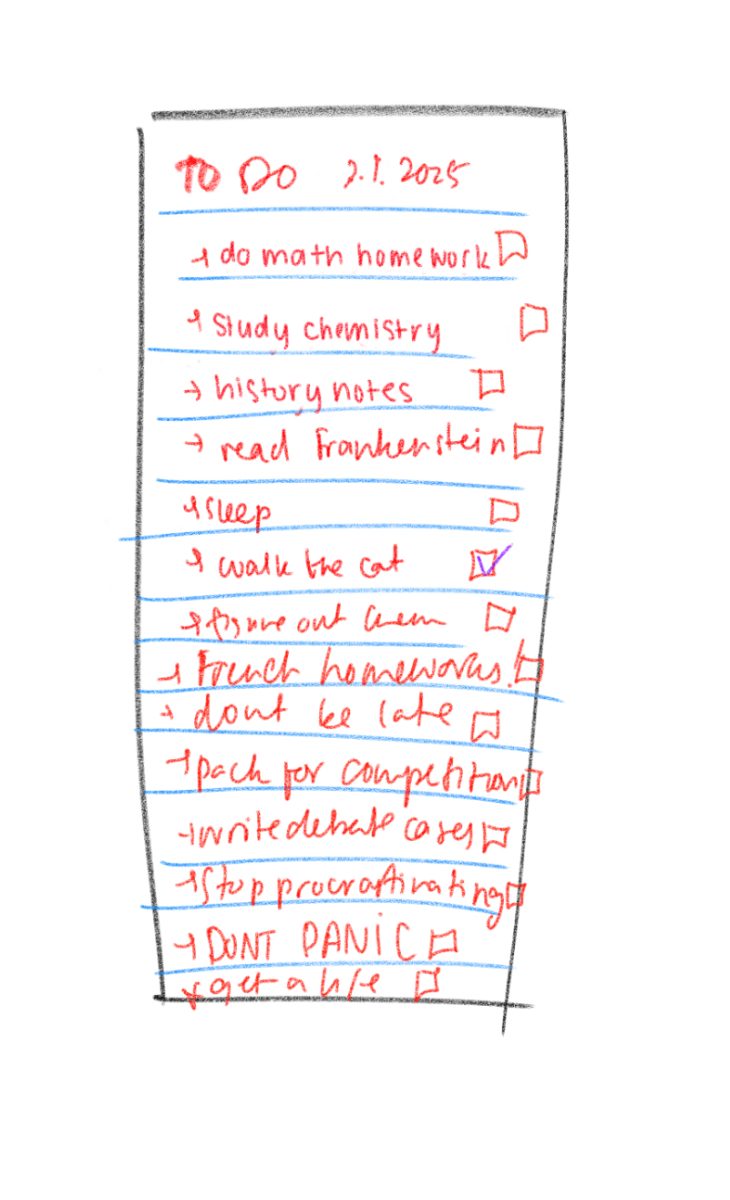On most days, retired SHS librarian Tibor Szalay sat behind the service desk, wandering occasionally into the stacks to help students find their books.
“Right before I came in 1977, [the library] had closed the stacks,” Szalay said. “I couldn’t believe that unless you showed your ID, you were not allowed to go into the stacks. It was the Dark Ages.”
Nowadays, many students take these privileges for granted: the new library, constructed in the early 2000s, is complete with a tutoring center and a computer lab, with free and open access to all books. It is an information hub.
Few students realize, however, that Szalay, who retired in 2002, is the one who did much of the design of the very library they are working in today.
A Sacramento construction company made the original blueprint when construction planning for the new library began in the late ‘90s, but eventually the administration realized it was best for a librarian to have a major say in the design, keeping with the needs of students and themselves in mind.
Along with playing this role in designing the new library, Szalay said his 25 years here involved revamping the media center and incorporating more technology into the library’s research resources in the old library that was located in the current 800 wing.
Szalay lived through many of the library’s changes since the school’s founding in 1959. The library he spent most of his career at resided in the current 800 wing along with a small copy room and a faculty lounge before major renovations to the campus in the late ‘90s and early 2000s.
From the side facing the quad, the old library had men’s and women’s restrooms, both of which still remain inside the 800 wing. Next to the restrooms was the old faculty lounge, which was later relocated to the building next to the cafeteria, a downsized copy room and a workroom for teachers.
In the middle of the old library, there was a work area for students; if a student needed a more private setting to work, there were three conference rooms off to the side. A reference section filled with encyclopedias was also available to students for academic research, and a large magazine collection was kept next to the service desk.
Past the work area in the old library, there was a glass window that separated a patio area where students could sit at and the bookshelves. According to Szalay, books often flew open because of an open glass window behind the shelves. As a result, a wall made of brick that had holes in it had to be constructed and the patio closed soon after.
Near the patio were the bookshelves; however, free access to the stacks, which was another name for bookshelves, was restricted to students.
“I helped change the whole thing and it became, given the circumstances, a functioning library media center,” Szalay said.
Technology was also handled differently in the old library; most notably, the old library housed only three computers. Video players and VCRs were checked out to teachers in the classroom or the class had to reserve a space to come in to the library’s media center.
However, with the dotcom boom that increased interest in settling the Silicon Valley in the late ‘90s, the school found itself with a library that could not support the larger population of the school or its academic needs.
Eventually, school leaders decided that with the academic excellence of the students and the limited amount of space, the student body deserved a bigger, better library.
“Our students are academic, so they really do need a place to research, to develop, to write, to learn and to use tech,” said assistant principal Kerry Mohnike, who was then an English teacher. “So that’s when the idea was, let’s give them what they deserve, just like a football team needs a football field. It was a question of what does this school needs and the library was one of those things.”
Measure B, the 1998 bond that funded the building of the library at its current location and size, the McAfee Performing Arts Center, the science wing and upgrades in earthquake safety, all allowed the school to adapt to this growing number of students and the demand for updated technologies.
Mohnike believes that it was ultimately the school’s growing academic rigor that led to prioritizing the development of the new library; with the rise of high tech, students needed a place on campus to support their intellectual needs, she said.
Even though technology and space were lacking before the creation of the new library, a student could always ask the librarian for research help. For Szalay, helping students was his favorite part about working here.
“The library was a very nice place to work at, a wonderful place,” Szalay said. “I loved every minute of being a librarian.”

